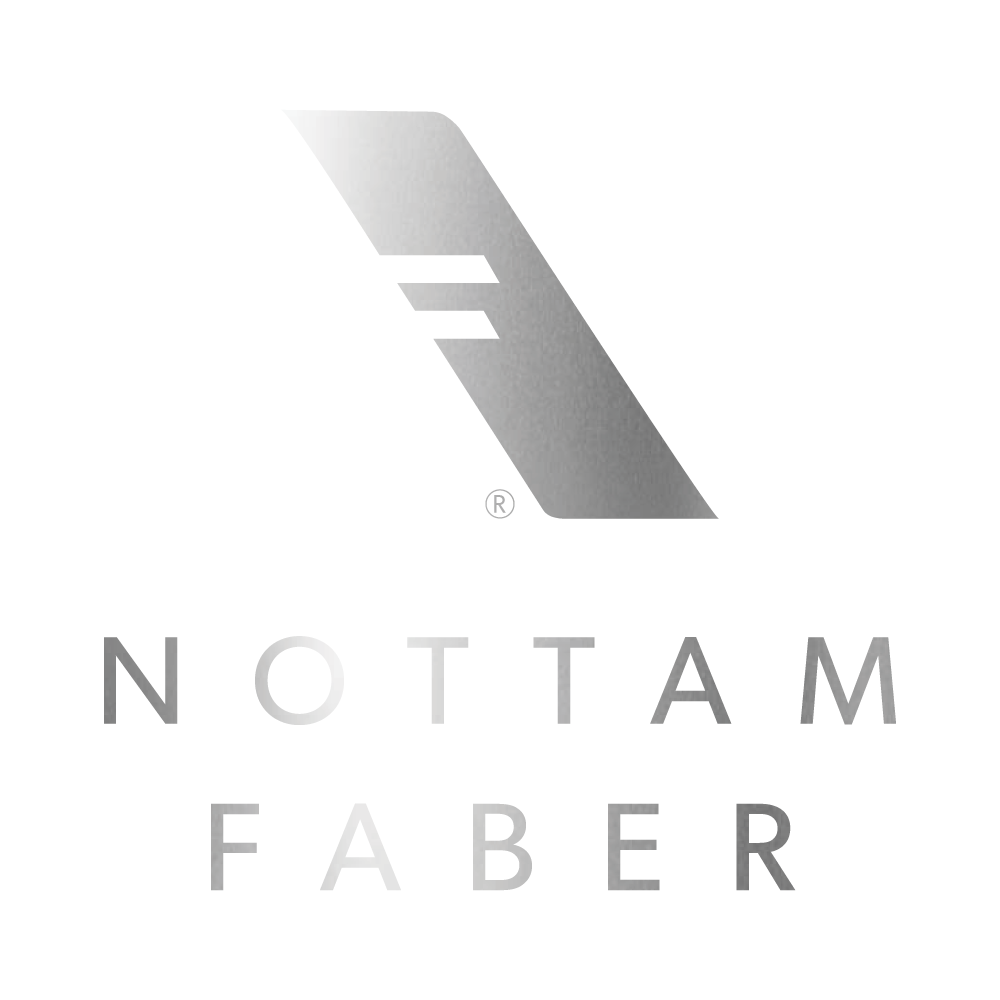Nottam Faber
SUPPORT PROCESSES
What are support processes?
Typically used in conjunction with one or more other processes, support processes serve as critical connection points between our core capabilities and further diversify the range of achievable value-added outcomes.
Abrasive Blasting | Precision Masking | 3-D Printing | Industrial Cleaning
Abrasive Blasting
Commonly referred to as sand blasting, or grit blasting, this pretreatment method alters the parts surface by means of a pressurized stream of abrasives. The process may be controlled by either manual or automated operations, with the method of blasting typically defined by the complexity of the part. Depending on a part’s required surface finish and the type of contaminant being removed, several different media types are available. Processing versatility allows for all metals and a variety of other surfaces to be blasted, with softer materials requiring a softer blast media, and vice-versa.
Blast media types include: aluminum oxide, glass bead, plastic grit.
Why do parts need to be abrasive blasted?
Abrasive blasting prepares a part for subsequent processing by altering a surface profile, removing surface contaminants, or improving adhesive properties. At Nottam, blasting is ideally suited to prepare a part for metal finishing, coatings or a masking operation.
Altering the surface of a part via blasting has a direct impact on the desired final visual appearance, which includes achieving a matte or lusterless finish. Additionally, the rough surface created by abrasive blasting enhances the adhesive properties of applied materials. Surface contamination, i.e., paint, rust, chemical buildup, developed during manufacturing, or service-life, is easily removed by abrasive blasting.
Precision Masking
Precision masking is temporarily applied to specifically defined areas of a part as a restrictive “stop-off” barrier against chemical, coating or media exposure. Masking purposes include producing selective or multiple finishes, maintaining dimensional tolerance, protecting from foreign contamination and controlling electrical conductivity.
How is this accomplished?
Our masking specialists pair modern technology with expert level drawing interpretation to develop part specific masking plans. Through CAD & CNC technology, masking plans are transformed into easily interpreted 3-D models, removing the pain-staking manual drawing interpretation and hand-marking of the past.
What is used at Nottam to accomplish masking?
Materials which maintain integrity throughout processing are utilized under two categories, traditional and advanced maskants. Traditional masking is performed with brushed, or sprayed, on lacquers, polyester tape, silicon caps and plugs. Advanced masking techniques utilize pre-cut templates and 3-D printed patterns for enhanced efficiency and repeatable performance.
3-D Printing
Digital models and data are transformed into tangible three dimensional objects for use across a range of proprietary applications.
In-house production capabilities include:
Masking fixtures and inserts to improve process performance and repeatability.
Custom printed inspection and processing fixtures to improve precision and ensure superior handling.
On-demand, low-volume replacement parts to eliminate down-time and increase supply chain resiliency.
Reusable, custom packaging solutions to reduce the risk of shipping and handling damage.
Industrial Cleaning
Aqueous and solvent based cleaning methods are commonly used as pre or post treatments to efficiently remove organic surface contaminants. Contaminants removed included oil, grease, cutting/processing fluid, coolant, paint, varnish and dirt.
The availability of the following cleaning processes ensures optionality and compatibility across all metallic substrates.
Vapor Degreasing: the resulting vapors of a heated solvent act as scrubbers to remove contaminants from all surfaces. The operation is performed within a specialized unit which traps and recycles the vapor for continued use. NOTE: Vapor degreasing may not be performed on titanium.
Alkaline Cleaning: an alkaline concentrate is dissolved in water and mechanically agitated at elevated temperatures within an open tank. The baths within each tank are tested and monitored on a periodic basis to ensure satisfactory performance.
Solvent Cleaning: approved solvents are applied directly to the part, removed by manual wipe and allowed to evaporate.


